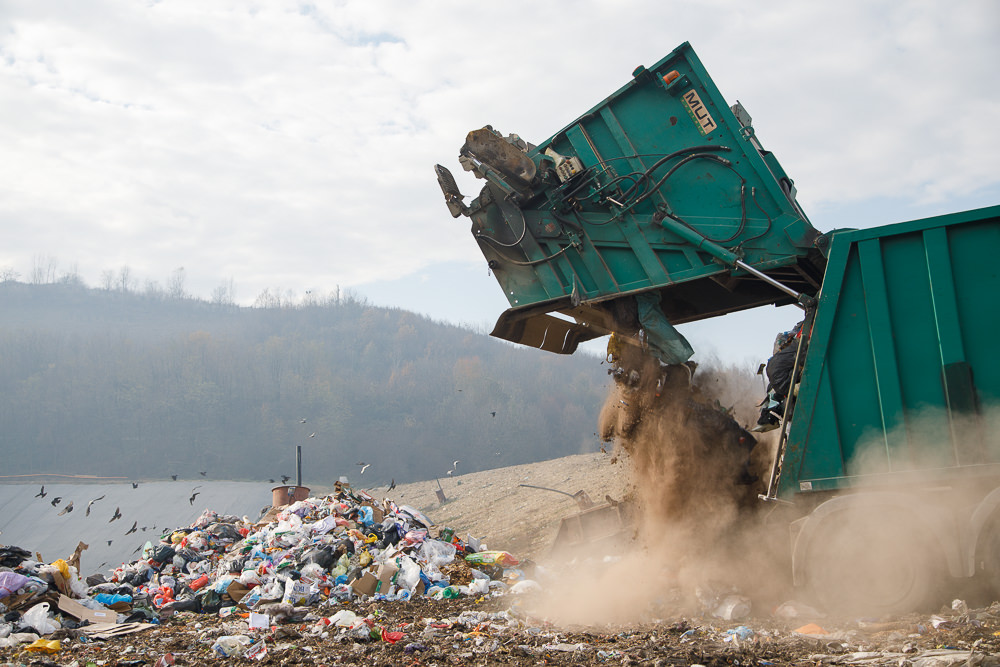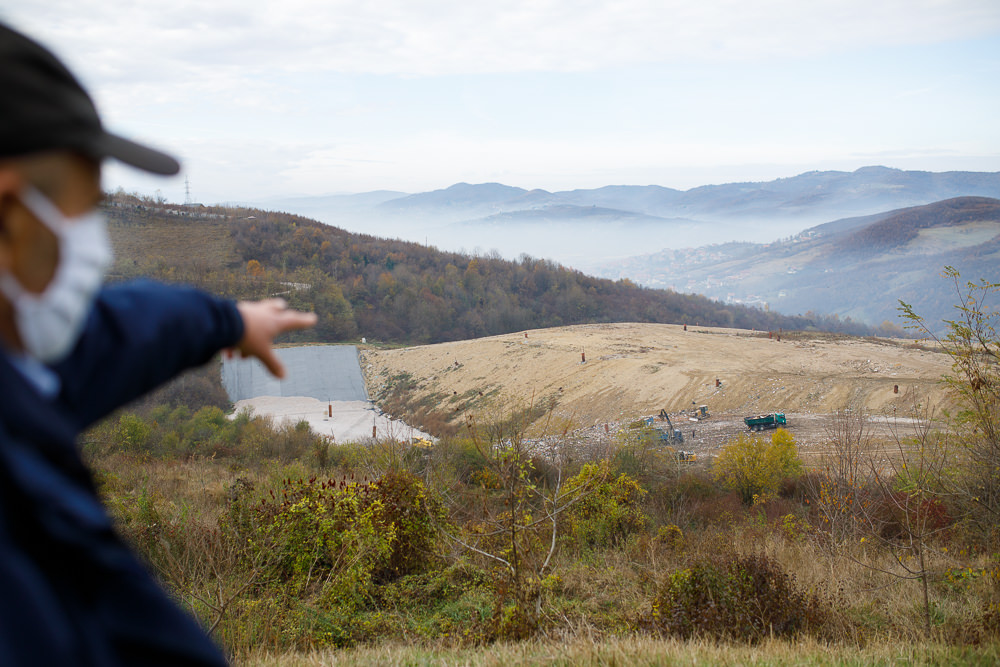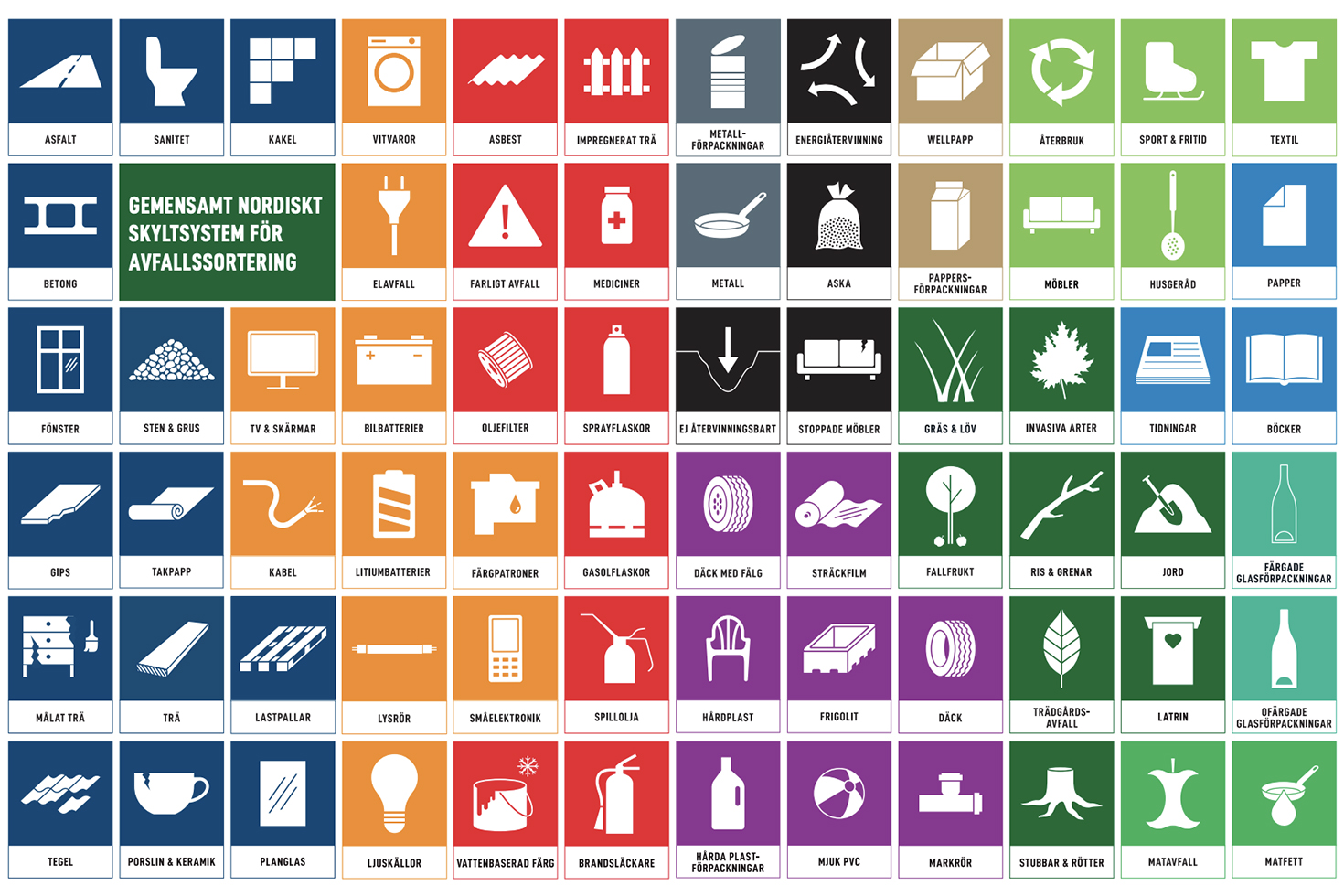 Separately collected plastic bottles in BiH. Photo: Jasmin Agović
Separately collected plastic bottles in BiH. Photo: Jasmin Agović
 Separately collected plastic bottles in BiH. Photo: Jasmin Agović
Separately collected plastic bottles in BiH. Photo: Jasmin Agović
The BiH SuTra project aims to reduce climate impact and support a transition towards a low-carbon, resource-efficient and environmentally sustainable future – one that aligns seamlessly with broader development goals. At the heart of this effort lies the circular transition.
This blog is written by Tomas Thernström, who is a circular economy and waste management expert at Stockholm Environment Institute.
Our climate and environmental challenges are inseparable from how society uses – and often misuses – its resources. Research shows that resource use accounts for roughly half of society’s climate impact, as well as 90% of biodiversity loss and 90% of water stress. In short, a low-carbon society cannot exist without a low-resource society. The two are not just connected – they are two sides of the same coin.
Bosnia and Herzegovina is at the beginning of this transition but has already developed several policy documents, including a roadmap for the circular economy. This roadmap highlights priority sectors and describes the overall goals. This blog post will not dive into technical details but will explain the basics of the circular transition. It will also reflect on what the EU and Sweden could have done better or earlier, so that BiH can learn from these experiences and lead the reforms faster.
The core challenge is that today’s society is structured around a linear model of production and consumption. Companies produce things, we consume them, and then they become waste. The standard business model is simple: the more you sell, the more profit you make. Incentives to handle resources in a circular way are rare. In BiH, just like in most countries, most products placed on the market end up as waste. Since BiH lacks infrastructure to manage this waste in a circular way, such as large-scale industrial recycling or reuse, most of it ends up in landfills. Many of these landfills lack environmental protection measures, such as systems to capture leachate, which means that harmful substances risk contaminating nature and groundwater.


To build a circular society, two basic components are needed. Everything else can be seen as details.
To move towards circular society, the first step is for companies that place products on the market to ensure that these products can circulate. This means durability, reparability and the possibility to upgrade products, but also guaranteeing that the materials can be recycled when the product can no longer be repaired or used. That is not yet the case today in BiH. A useful lesson can be drawn from the EU, which has perhaps advanced further in recycling than most, particularly when it comes to plastic packaging.
In Sweden, producer responsibility for packaging has existed since the 1990s, but it was only in recent years that the problems with product recyclability were seriously addressed. As an example; for decades, black plastic packaging could not be sorted with the existing technology, which meant that all those food containers ended up as waste instead of being recycled, even when they were collected through recycling schemes. And even with newer technology that can sort black packaging, there is a drawback: they can only be recycled into new black packaging, which limits the market. The conclusion is simple: Bosnia and Herzegovina can draw valuable lessons from this experience and consider, in a more timely manner, to introduce product design requirements that better enable circularity.
.JPG)
The second important element of change is that households and companies that consume products must be willing and able to recycle or reuse them in the best possible way. Today, this is not the case. Even something as basic as recycling packaging, which should be simple enough for a child to do, often turns out to be confusing. Even waste professionals struggle when visiting new places like train stations, hotels or public spaces where recycling stations are in place. The names of the fractions differ. Labels differ “plastic,” others “plastic packaging,” “hard plastic” or “soft plastic.” The colors of the bins vary, or sometimes all fractions have the same color. Symbols are also different. In short, it is not easy to do the right thing. Sweden and the Nordic countries developed a common standard for recycling communication only in 2020, 25 years after producer responsibility was introduced. Now all fractions share a common name, a common color and a common pictogram. This way recycling has become easier for everyone. The conclusion is simple: To avoid repeating past challenges, Bosnia and Herzegovina could benefit from establishing clear and unified systems more promptly.

Discover the News and Updates section, delivering the latest updates and insightful content across various topics. Stay informed with most recent news articles, reports, and publications, of the BiH SuTra project.